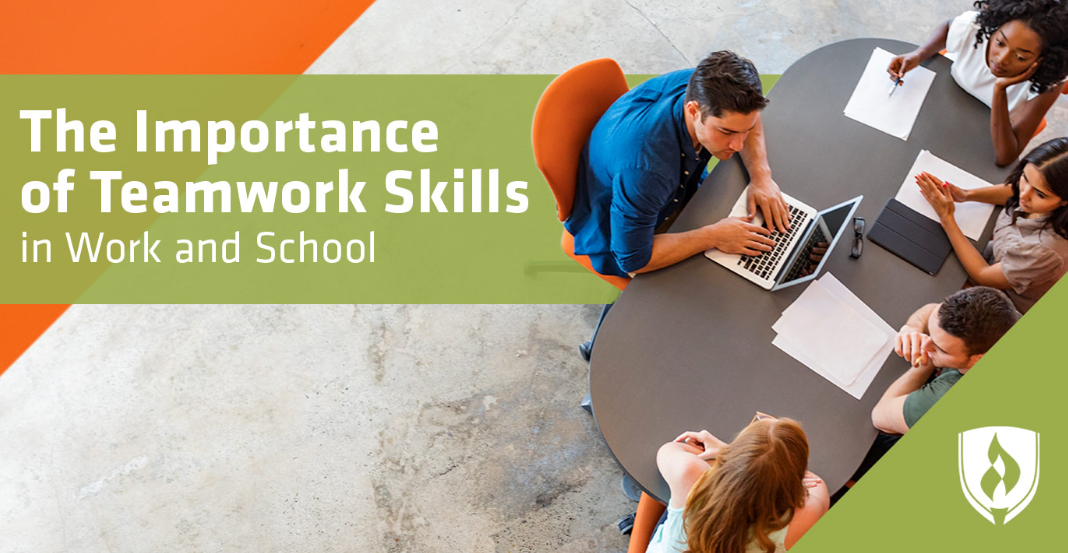Collaboration and teamwork are essential components of the learning process. In today’s interconnected world, the ability to work well with others is not just a desirable skill; it’s a vital one. This article explores the significance of collaboration and teamwork in learning, highlighting how these practices can enhance educational experiences and outcomes.
Understanding Collaboration and Teamwork

What is Collaboration?
Collaboration involves working together toward a common goal. In an educational context, it means students engaging with one another to share knowledge, solve problems, and complete tasks. Collaboration can take many forms, from group projects to peer reviews.
What is Teamwork?
Teamwork refers to the collective effort of a group to achieve a shared objective. While collaboration emphasizes the process of working together, teamwork focuses on the group’s dynamics and the roles individuals play in achieving their goals.
The Difference Between Collaboration and Teamwork
While the terms are often used interchangeably, there are some distinctions:
- Collaboration is more about the interaction and communication between individuals.
- Teamwork emphasizes the collective effort of a group and the interdependence of its members.
Benefits of Collaboration and Teamwork in Learning

1. Enhanced Problem-Solving Skills
Collaboration encourages students to approach problems from different angles. When working in groups, they can brainstorm solutions, discuss various viewpoints, and combine their strengths to tackle challenges effectively.
2. Improved Communication Skills
Teamwork requires clear communication among group members. Students learn to express their ideas, listen actively, and provide constructive feedback. These skills are crucial for success not only in academics but also in professional settings.
3. Greater Engagement and Motivation
Working in teams often leads to higher levels of engagement. Students feel more motivated when they are part of a group, as they share responsibilities and support one another. This social interaction makes learning more enjoyable and meaningful.
4. Development of Critical Thinking
Collaboration promotes critical thinking by encouraging students to analyze information, evaluate different perspectives, and make informed decisions. Group discussions often lead to deeper insights and a better understanding of complex topics.
5. Preparation for Real-World Scenarios
In the workplace, collaboration and teamwork are vital. By practicing these skills in school, students prepare for future careers where they will need to work with diverse teams to achieve common goals.
6. Building Relationships and Social Skills
Working in groups helps students build relationships and develop social skills. They learn to appreciate diversity, resolve conflicts, and understand different viewpoints, which fosters a sense of community and belonging.
Effective Strategies for Promoting Collaboration and Teamwork
1. Group Projects and Assignments
Incorporate group projects that require students to work together to complete tasks. This structure allows them to practice collaboration while applying their knowledge.
2. Peer Review Sessions
Encourage students to review each other’s work. This process not only promotes collaboration but also helps them learn from one another’s strengths and weaknesses.
3. Use of Technology
Utilize digital tools that facilitate collaboration, such as Google Docs, Trello, or Slack. These platforms enable students to communicate, share resources, and work together more efficiently.
4. Establish Clear Roles and Responsibilities
In group settings, assign specific roles to each member to ensure accountability. This approach helps students understand their responsibilities and fosters a sense of ownership over the group’s success.
5. Foster a Supportive Environment
Create a classroom culture that encourages collaboration. Promote open communication, respect for diverse opinions, and a willingness to help one another. Recognize and celebrate teamwork achievements.
6. Reflect on Group Experiences
After completing a collaborative project, have students reflect on their experiences. Discuss what worked well and what could be improved. This reflection process reinforces learning and encourages growth.
Challenges of Collaboration and Teamwork
1. Group Dynamics
Not all group interactions are positive. Conflicts can arise due to differences in opinions, work ethics, or personalities. Addressing these dynamics is crucial for maintaining a productive team environment.
2. Unequal Participation
Sometimes, certain individuals may dominate discussions or contribute more than others, leading to an imbalance in participation. Teachers can mitigate this by assigning roles and monitoring group interactions.
3. Communication Barriers
Effective communication is essential for successful collaboration. Students may struggle with expressing their ideas or listening to others, which can hinder the group’s progress. Encourage open dialogue and active listening.
4. Time Management
Collaborative projects can be time-consuming. Students may face challenges in coordinating schedules and managing time effectively. Establishing deadlines and regular check-ins can help keep the group on track.
Best Practices for Teachers to Foster Collaboration
1. Create Collaborative Learning Activities
Design activities that require teamwork, such as debates, simulations, or collaborative research projects. These tasks encourage students to engage with one another while learning important content.
2. Model Collaborative Behavior
Demonstrate effective collaboration in your teaching. Share examples of successful teamwork and highlight the importance of communication, respect, and problem-solving.
3. Provide Guidance and Support
Offer guidance on how to collaborate effectively. Teach students strategies for conflict resolution, decision-making, and communication. Provide support as they navigate group dynamics.
4. Encourage Diversity
Promote diverse groups to expose students to various perspectives. This diversity can enhance creativity and foster deeper understanding among group members.
5. Assess Collaborative Efforts
Evaluate not only the final product but also the collaborative process. Use peer assessments, self-reflections, and teacher observations to gauge individual contributions and group dynamics.
